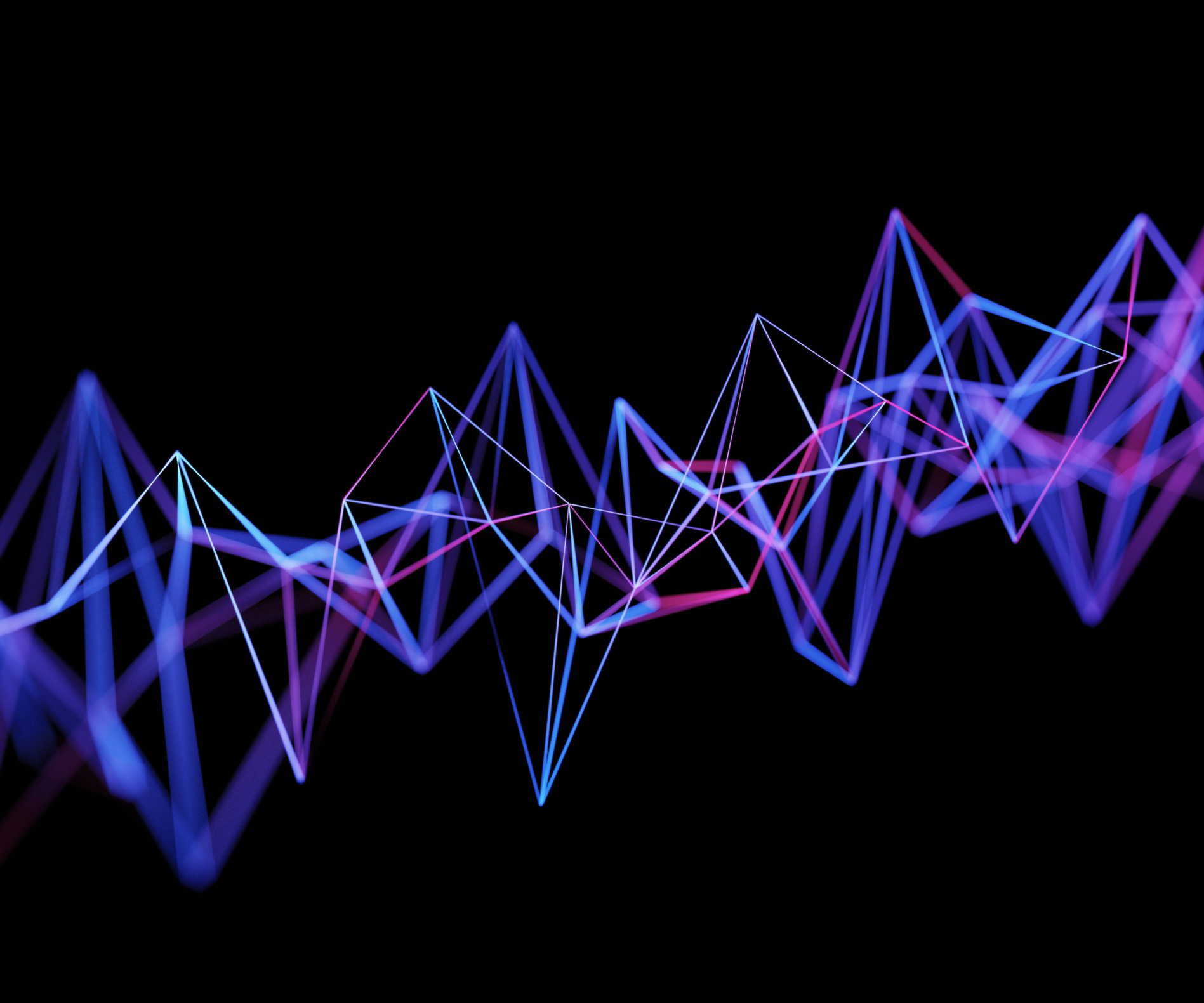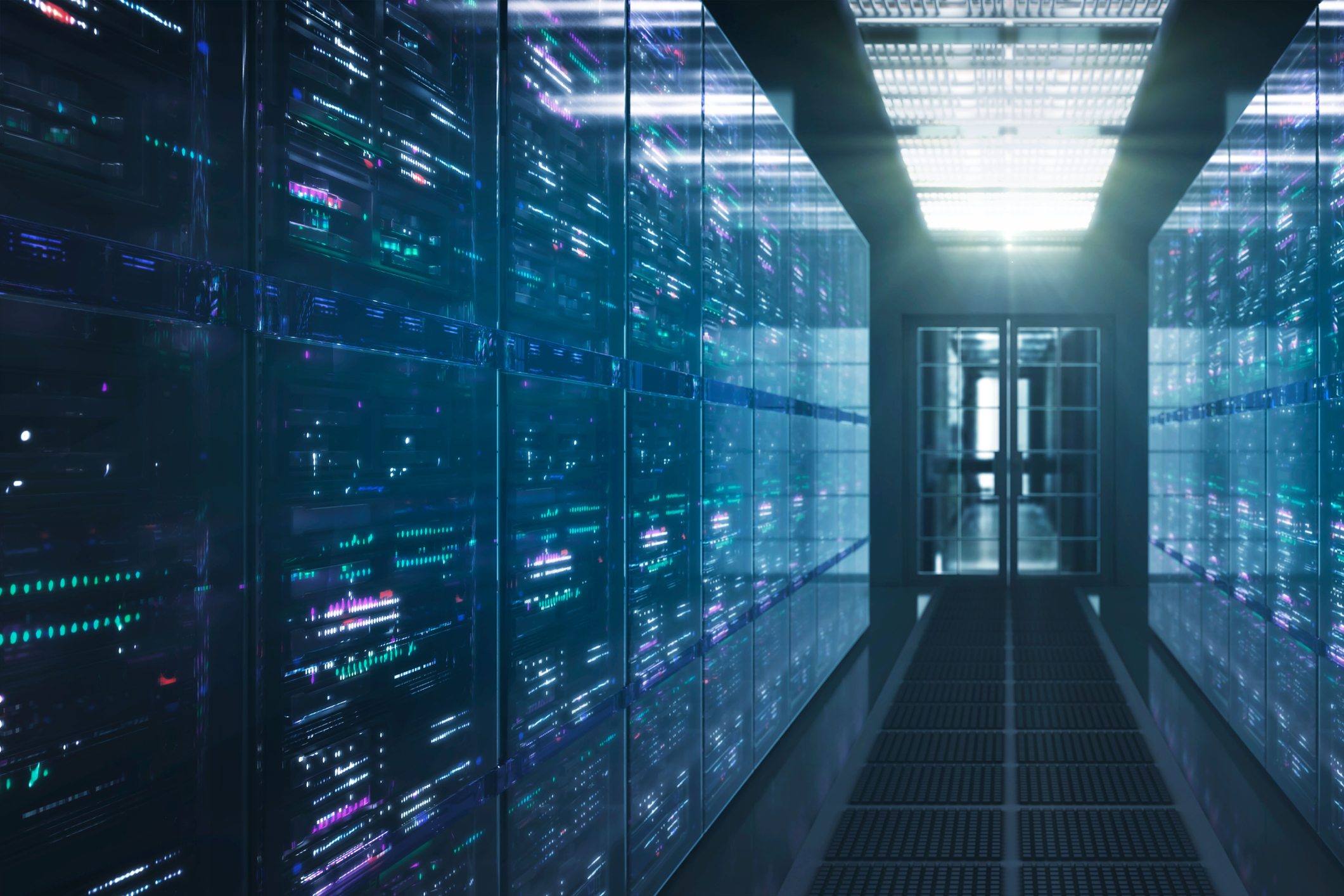Making first-generation meters smarter
DCC is working closely with energy companies to migrate millions of SMETS1 (first-generation) smart meters onto our network. Connecting these will allow many more consumers to enjoy the full benefit of their smart meter.
Programme overview
SMETS1 smart meters explained
SMETS1 vs. SMETS2 smart meters
What are SMETS1 smart meters and how are they different from SMETS2 meters?
First-generation smart gas meters and smart electricity meters, also known as SMETS1, don't always allow the consumer to change energy supplier without losing the ability to send meter readings automatically. That means consumers need to provide a manual meter reading, or face estimated bills.
Second-generation, or SMETS2 meters startedbeing installed in 2018 and allow the consumer to switch seamlessly between energy suppliers as they are connected to a nation-wide secure smart meter network. They also put an end to manual readings.
The Government has put in place a programme to move first-generation meters onto this network, restoring full smart meter functionality.
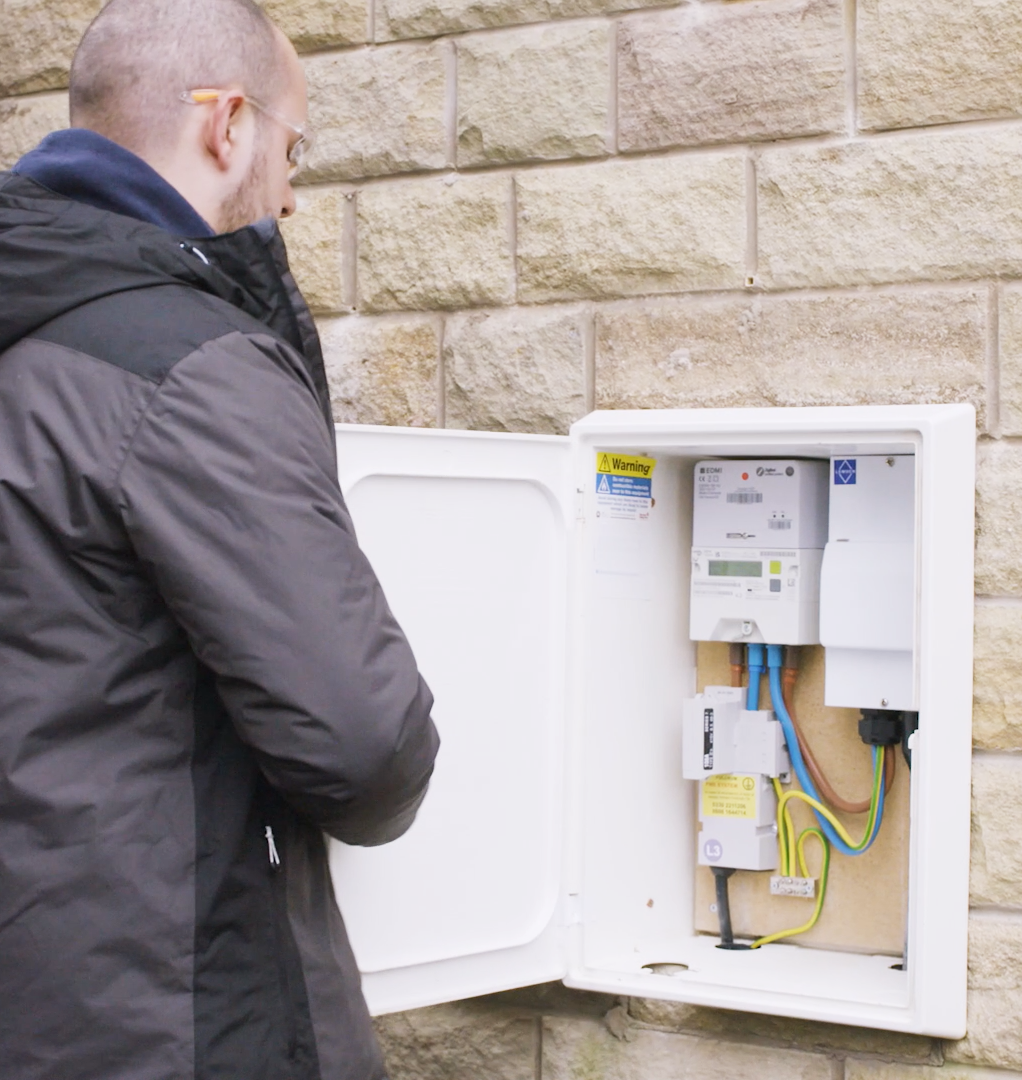
How do I know if my SMETS1 meter has been upgraded?
Check what type of smart meter you have and if it's working in smart mode. We have worked with Citizens Advice to provide a tool that allows you to check if your smart meter has been migrated onto our network.
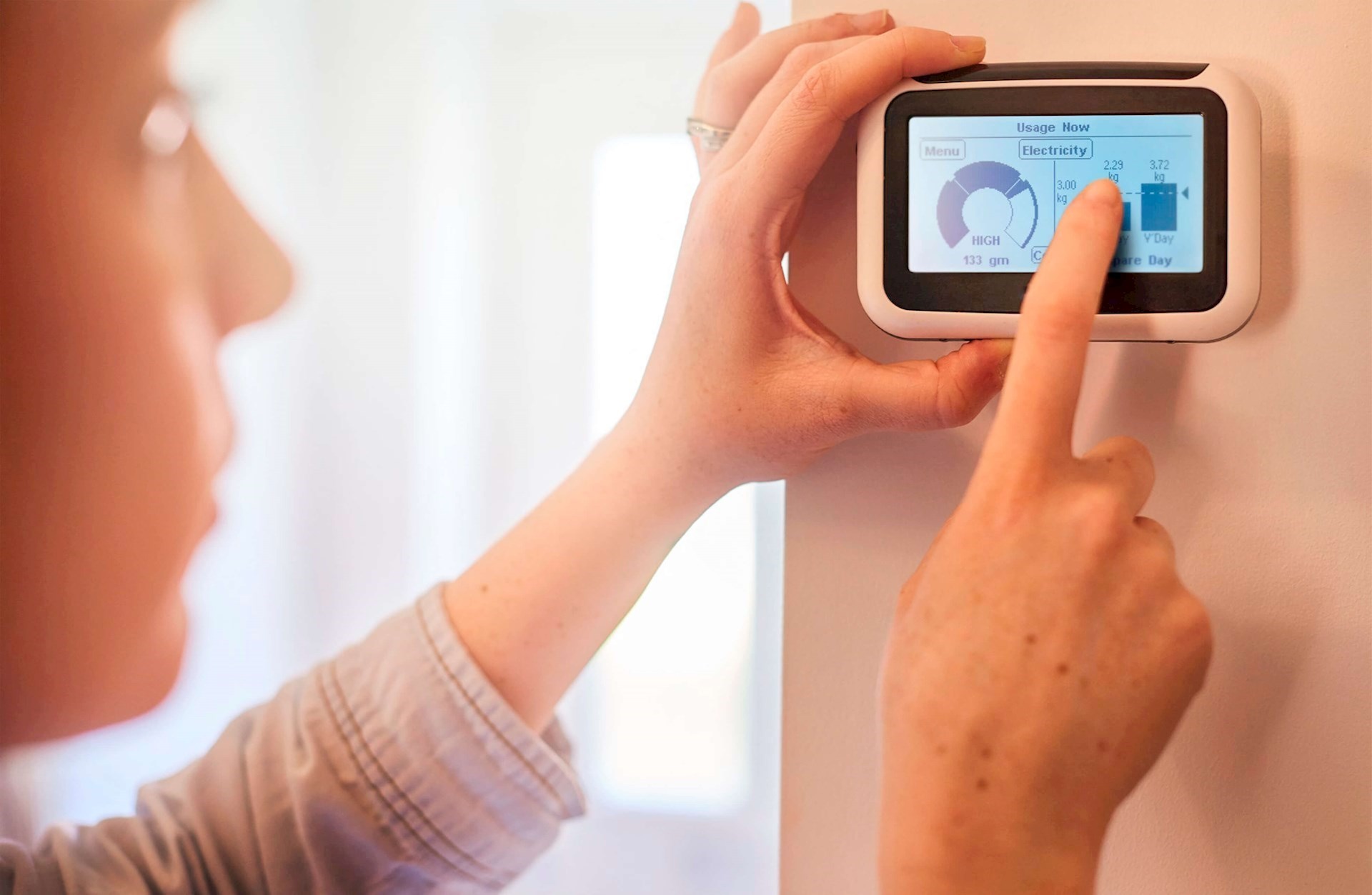
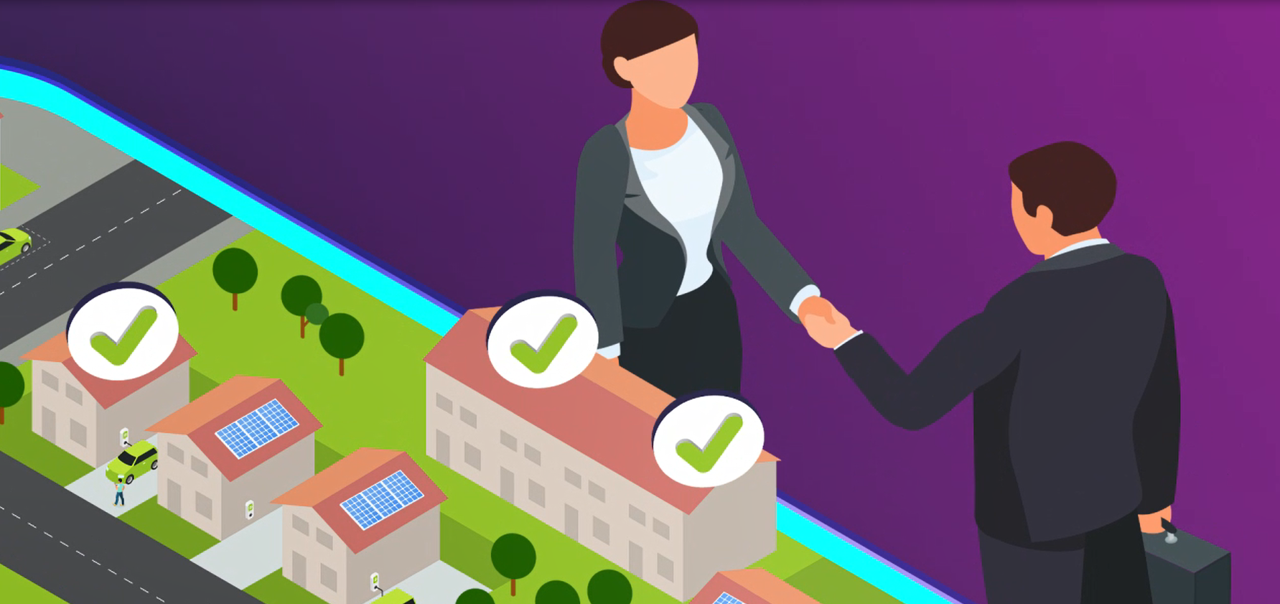
When will my SMETS1 meter be upgraded?
Almost all of the "dormant" meters which the DCC can proactively identify and upgrade have been migrated to the network. If your meter hasn't been upgraded unfortunately we're unable to provide you with an exact date as to when this will happen. That's because we need to work with the energy companies to migrate the remaining meters: we can't do it on our own. If there is a problem with migrating your SMETS1 meters, your energy supplier will arrange for second-generation (SMETS2) meters to be installed.
Interoperability
How will upgrading SMETS1 meters benefit Britain?
Enrolling these meters will enable interoperability as consumers switch between energy companies, with improved security and get accurate bills based on automated readings. Migrated SMETS1 meters with full smart functionality restored are an important part of Britain’s digital energy system: smart meter data informs the grid and enables best use to be made of renewable sources.
Find out more
Frequently Asked Questions
Why are smart meters being upgraded?
To realise the full benefits of smart metering, the Government decided that along with a new unified network and single smart meter standard, all older smart meters should be migrated to this singular network rather than remaining on various unconnected networks. This will allow consumers to switch energy companies and smart operation no matter what smart meter generation you have or who originally installed it.
The DCC was given the role by the Government of coordinating the ‘migrating’ of these meters onto the nationwide network. This has required working across the energy industry to make sure suppliers can bring their customers onto our network in a secure and seamless manner.
What will change with my smart meter?
Its operation will only be improved. The in-home display will continue to operate, and other functions like topping-up, if it’s a prepayment meter, will remain the same. The big difference will be its ability to securely and automatically send meter readings, no matter which supplier you are currently on, or plan to switch to.
How will you migrate my meter?
Migration will be completed over-the-air (OTA), meaning the new software will be delivered wirelessly without a visit from a technician. It is most likely that you will not be required to do anything, and you may not notice the change happening until your current energy supplier notifies you. There will be no disruption to your energy supply.
Can I request an early migration?
Though we appreciate you would like the added convenience of having your smart meter on our network, we ask everyone to be patient. Meters will be moved gradually over the course of the rollout.
Is this safe?
Yes, it is safe, and you will not lose power.
As these meters are in people’s homes and are so important to daily life, the programme has been designed to be extremely cautious. This means that each meter type will be extensively tested and suppliers have been given advice to ensure there will be no issues with supply or billing.
Is my data safe on your network?
Our network has been built to the highest security standard which has been reviewed by the National Cyber Security Centre. It uses high levels of encryption, and the most important data passes over our network without us having the ability to see it. Only your supplier can see how much energy you are using and when. We can only see all of your data with your explicit approval.
Who is migrating my first-generation meter?
For the migration of dormant meters (meters not giving automatic readings) the DCC will play the lead role. For active meters, the consumer’s energy supplier has a key role in supporting the migration, which the DCC will help manage. It will be the energy supplier setting the date, contacting customers if necessary, and ensuring all billings are in order. They will also be accountable for ensuring prepayment customers do not lose supply during the migration. We have advised all suppliers to put measures in, such as temporarily putting the meter in credit mode during migration to ensure supply is not lost.
Will I lose smart functionality if I switch supplier?
If your meters have not been migrated then there is a risk that you will have to provide your energy supplier with meter readings, if they are unable to obtain the information directly from your meters. We are preparing for the closure of the DCC’s Migration Service and the transition to in-life operations. Energy suppliers are required to enrol their meters onto DCC systems.
What is the difference between first and second generation meters
First-generation (SMETS1) meters were installed by energy suppliers to meet their obligations to offer and install smart meters for consumers, before the DCC became operationally ready. Whilst the core functionality offered by a SMETS1 meter is the same as SMETS2 smart meters, the manner in which information is currently provided to energy suppliers differs, as the communication is managed through different Smart Meter System Operators (SMSOs), where SMETS2 meters communicate through a single service managed by the DCC. Once a SMETS1 meter has been migrated, the communication will operate in the DCC's total systems. This enables consumers to change energy suppliers without loss of smart capabilities.
Will migration change with the way I top up my prepay meter?
The way you top up will remain the same. Your energy supplier will contact you ahead of migration to ensure the process is completed without any disruption.
SMETS1 consultations and documents
Find the latest documents relating to the migration of SMETS1 smart meters and explore our consultations.
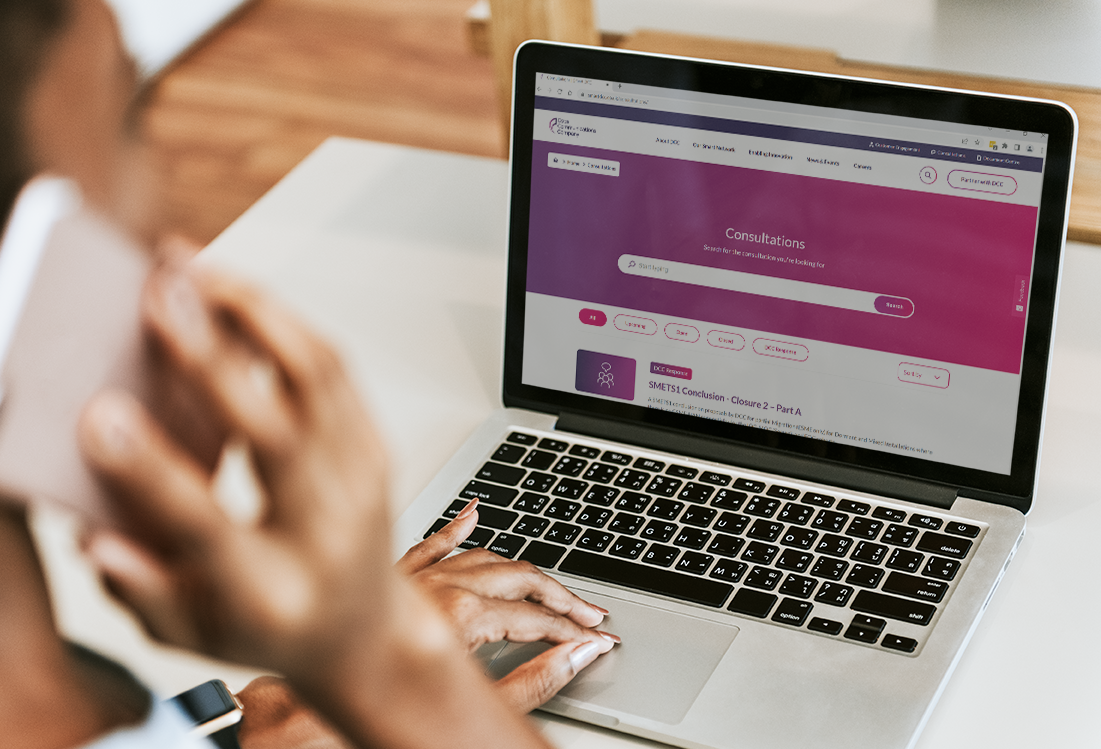
Further reading

